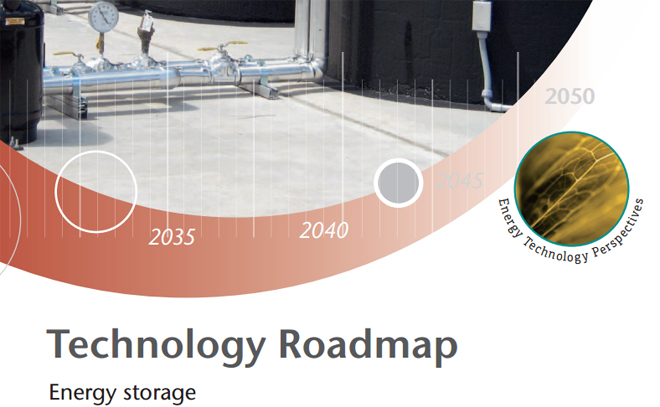Technology roadmap: energy storage
 Energy storage technologies – spanning everything from electric water heaters to pumped hydro – are valuable components in most energy systems and could be an important tool for achieving a low-carbon future. In a new report released, the IEA estimates that China, India, the European Union and the United States alone should invest at least USD 380 billion in new electricity storage capacity by 2050 to support decarbonisation. By setting aside energy for use when and where it is needed, energy storage – both electricity and thermal (for heating and cooling) – can decouple supply from demand, increasing system flexibility and improving reliability. It is expected that storage could play a key role in coming decades in facilitating the expansion of variable renewable energy sources like wind and solar.
Energy storage technologies – spanning everything from electric water heaters to pumped hydro – are valuable components in most energy systems and could be an important tool for achieving a low-carbon future. In a new report released, the IEA estimates that China, India, the European Union and the United States alone should invest at least USD 380 billion in new electricity storage capacity by 2050 to support decarbonisation. By setting aside energy for use when and where it is needed, energy storage – both electricity and thermal (for heating and cooling) – can decouple supply from demand, increasing system flexibility and improving reliability. It is expected that storage could play a key role in coming decades in facilitating the expansion of variable renewable energy sources like wind and solar.
Related Content
- South African Renewable Energy Masterplan (SAREM)
- Draft 2030 roadmap for carbon capture utilization and storage (CCUS) for upstream E&P companies
- Net zero by 2050: the need for net zero demonstration projects
- Developing a roadmap to a flexible, low-carbon Indian electricity system: interim findings
- Developing the EU long term climate strategy
- Clean & reliable power: roadmap to a renewable future
